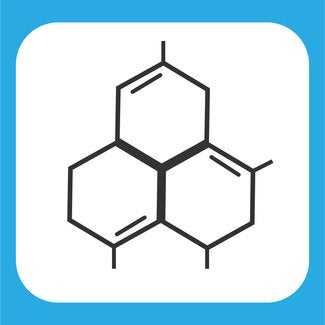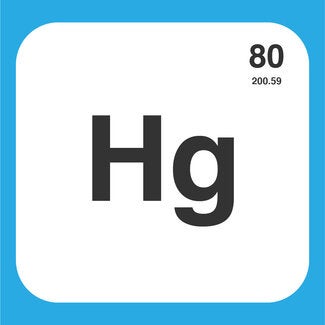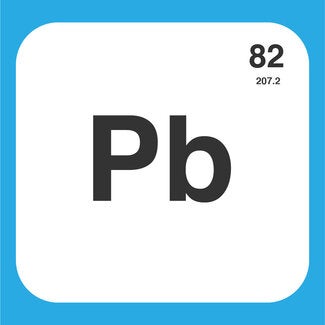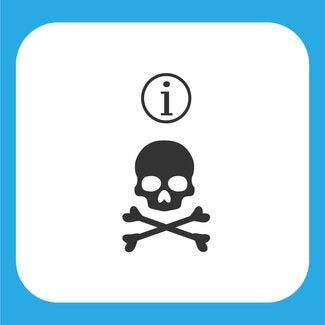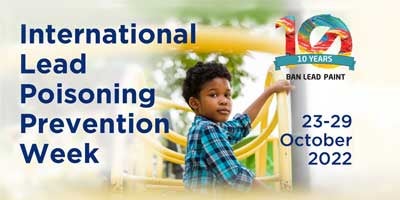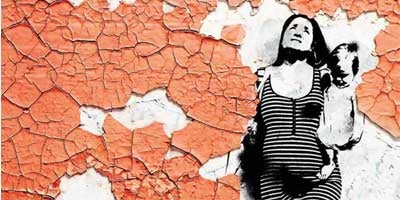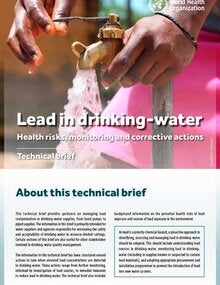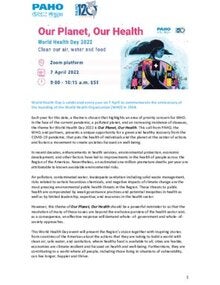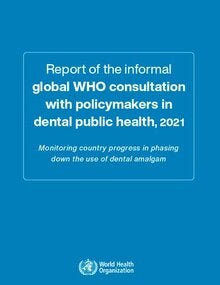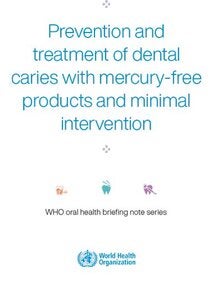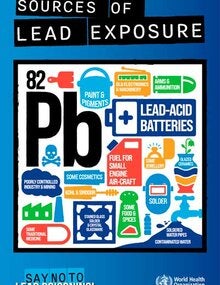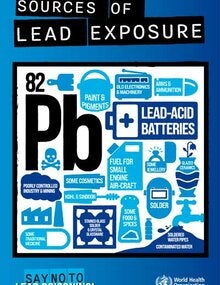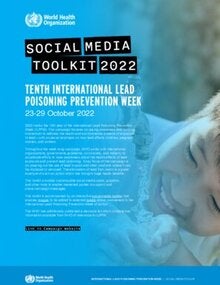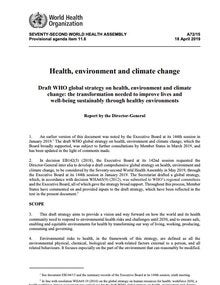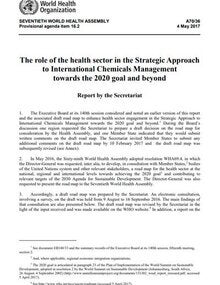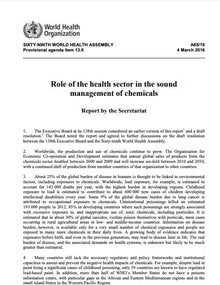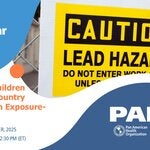Los productos químicos forman parte de la vida cotidiana y pueden generar efectos beneficiosos o adversos según la dosis y las condiciones de exposición. Desde Paracelso (1493–1541), considerado el padre de la toxicología, se reconoce que “la dosis diferencia un veneno de un remedio”. Hoy, la evaluación de riesgo químico considera factores como la edad, la etapa de la vida, el estado nutricional, las enfermedades preexistentes y la exposición simultánea a múltiples sustancias.
La seguridad química comprende el conjunto de acciones orientadas a prevenir, reducir y gestionar los riesgos para la salud humana y el ambiente derivados de la exposición a sustancias químicas peligrosas. Esto incluye el fortalecimiento de capacidades para identificar peligros, evaluar riesgos, establecer medidas de control, responder a incidentes y comunicar el riesgo de manera efectiva, de acuerdo con los marcos normativos internacionales (OMS, 2017).
Referencia: directrices para el establecimiento de un centro toxicológico, OMS, 2021.
- Más de 40 000–60 000 productos químicos industriales circulan en el mercado global, de los cuales unos 6000 representan la mayor parte del volumen total (OMS, 2021).
- En 2016, las intoxicaciones involuntarias causaron 106 683 muertes a nivel mundial (OMS, 2021).
- Al menos 20% de los suicidios globales se relacionan con lesión autoinfligida por plaguicidas, especialmente en zonas rurales (OMS, 2021).
- Los Centros de Información y Atención Toxicológica (CIATs) son una capacidad esencial del RSI (2005) para detectar, evaluar y responder a eventos químicos de importancia internacional (OMS, 2021).
- La vigilancia toxicológica es una herramienta clave para identificar riesgos emergentes y orientar intervenciones (OMS, 2021)
- Los centros toxicológicos contribuyen a la reducción de costos en los servicios de salud al evitar tratamientos innecesarios y estancias hospitalarias prolongadas, con beneficios económicos significativos (OMS, 2021).
- Muchos países de la Región aún carecen de acceso a servicios toxicológicos, laboratorios especializados o sistemas de información adecuados (OMS, 2021).
- La gestión segura de sustancias químicas es una prioridad internacional bajo la Hoja de Ruta de la OMS sobre Productos Químicos y el Enfoque Estratégico para la Gestión de Productos Químicos (SAICM).
- La gestión racional de productos químicos contribuye a reducir impactos sanitarios, ambientales y socioeconómicos (Global Framework on Chemicals, 2023).
En la Región de las Américas, la OPS apoya a los Estados Miembros para fortalecer fortalece la seguridad química en los países de la Región mediante asistencia técnica para desarrollar marcos regulatorios, fortalecer instituciones y mejorar las capacidades técnicas en evaluación, vigilancia, análisis y respuesta. Esto incluye orientaciones basadas en los lineamientos de la OMS para la gestión del riesgo químico y para la implementación del Reglamento Sanitario Internacional (2005).
Asimismo, la OPS impulsa el desarrollo de capacidades nacionales para la preparación y respuesta ante emergencias químicas, la comunicación del riesgo y el acceso oportuno a información toxicológica. Estas acciones permiten a los países adoptar medidas preventivas, reducir exposiciones y proteger la salud de las poblaciones más vulnerables.
OPS promueve el fortalecimiento de las capacidades técnicas en personal de servicios de salud que trabajan en temas de seguridad química y promueve a formación de centros toxicológicos en los países de América Latina y el Caribe.
Chemicals are part of our daily life. Paracelsus (1493 - 1541), who is considered the father of toxicology, has coined the statement that is the dose that differentiates a poison from a remedy. We currently know that other factors, such as life stage, age, nutrition, disease and exposure to other chemicals, among other factors should also be considered in the evaluation of chemical exposures and adverse health effects.
With methodological developments, the paradigm shift in toxicology involves the transition from a science 'in vivo", evaluating factors related for example, to the lethal dose for animals in laboratory, for a science ' in vitro ' working at the molecular level of key events and processes related to cell responses and the adverse effects on human health and the environment. The integration of “in vivo” and “in vitro” has resulted in the production of extensive knowledge of many of the chemical elements and compounds (Meek et al. 2014).
Chemical Safety is achieved by undertaking all activities involving chemicals in such a way as to ensure the safety of human health and the environment. It covers all chemicals, natural and manufactured, and the full range of exposure situations from the natural presence of chemicals in the environment to their extraction or synthesis, industrial production, transport use and disposal.
Chemical safety has many scientific and technical components. Among these are toxicology, ecotoxicology and the process of chemical risk assessment which requires a detailed knowledge of exposure and of biological effects.
The 2021 data addendum estimates that 2 million lives and 53 million disability-adjusted life-years were lost in 2019 due to exposures to selected chemicals. Nearly half of deaths attributable to chemical exposures in 2019 were due to lead exposure and resulting cardiovascular diseases. The other largest contributors were chronic obstructive pulmonary disease from occupational exposure to particulates and cancers from occupational exposure to carcinogens.


